- Home
- News
- What’s On
- Activities for Children
- Arts & Crafts
- Autos and Bikes
- Business events
- Car Boot & Auctions
- Charity events
- Churches & Religious
- Comedy
- Dance
- Days out & Local interest
- Education
- Exhibition
- Film
- Gardening & Horticulture
- Health
- Markets & Fairs
- Music
- Nature & Environment
- Spiritual
- Sport
- Talks and Discussions
- Theatre and Drama
- Business
- Local Information
- Jobs
- Deaths
- Charity events
- Contact Us
Tudor creative at Little Moreton Hall
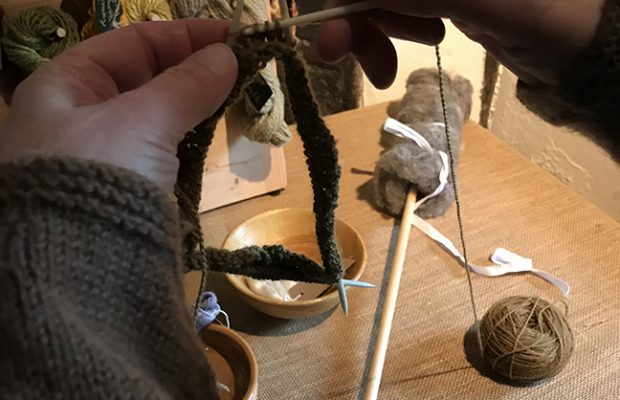
Calling all Crafting enthusiasts!
This March, the Living History team at Little Moreton Hall will be putting on a lavish display of Tudor textiles featuring wool, dyed using traditional methods, examples of flax and silk and a range of clothing materials which would have been available in Tudor England, including the legendary cloth of gold. A dress in sixteenth century England could be worth as much as a sports car today, so this was a subject which had great importance.
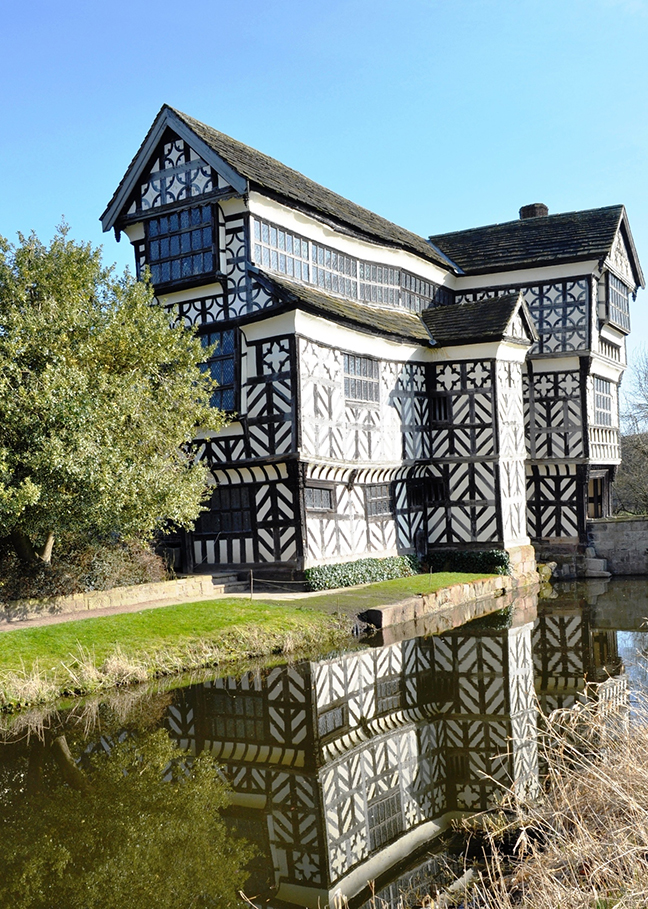
“Our visitors might be surprised at the range of colours and materials available to the Tudors” said Gill Kapadia, Living History Interpreter at the Hall. “All classes could wear wool, but poorer people would have coarser wool than the gentry and only Royalty could wear purple or gold. Clothes were so valuable that they were often bequeathed to family members in wills.”
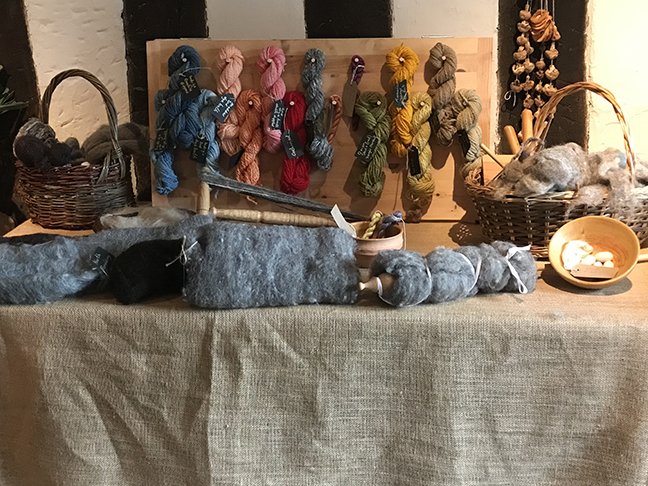
Visitors will be invited to have a go at carding and spinning, using a drop spindle, a variety of specially prepared fleeces, and knitting using traditional bone and steel needles (did you know the Tudors used four needles?) to learn how stockings and mittens were created.
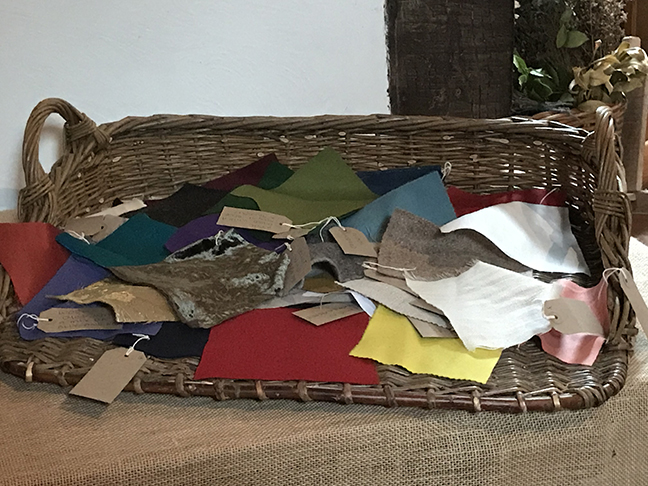
The Tudors were very aware of the importance of staying healthy in mind as well as body, and embroidery and spinning were recognised as being soothing pastimes in which to engage for relaxation .This is something which resonates today and it is possible that we could learn something about our own mental health from our Tudor forbears.
The team at Little Moreton are also exploring the sense of touch, one of the so called six “Non-Natural” things which regulated Tudor health, and visitors will be able to handle the sumptuous fabrics and learn more about this often-neglected sense.
There will also be a display of Tudor food available during Lent and an Activity Trail for our younger visitors.
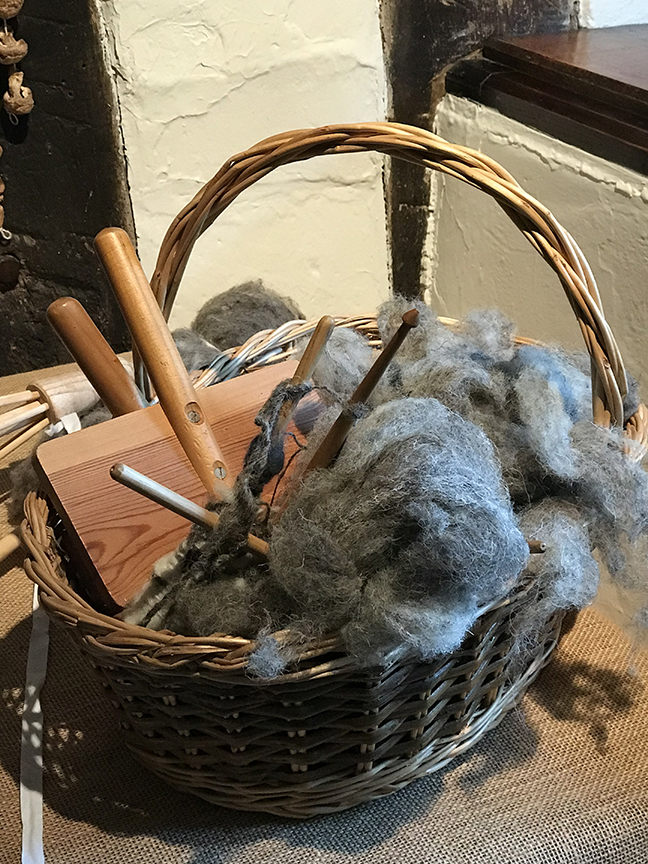
Little Moreton Hall Textile Display is on from Wednesday 4th March to Sunday 29th March. The Hall will be open Wed- Sun; 11am-5pm

You must be logged in to post a comment Login